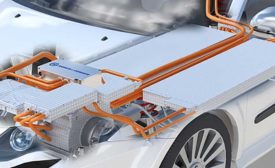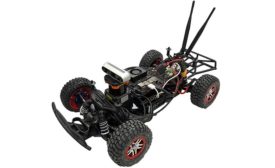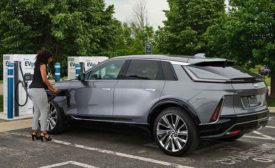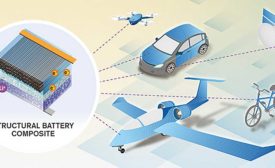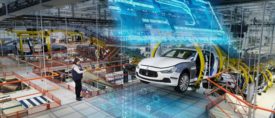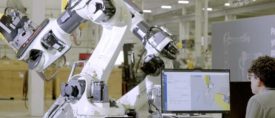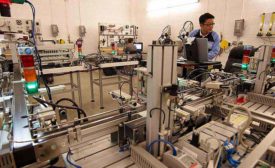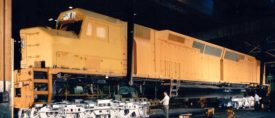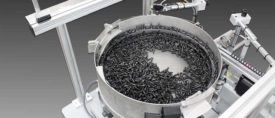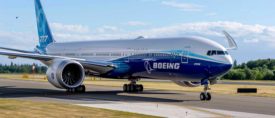Articles by Austin Weber
New Technology Boosts EV Batteries
Charging Lithium-Ion Cells at Different Rates Boosts Battery Packs
January 4, 2023
New Software Makes Robots Easier to Deploy
Improved technology has empowered end users and made robots less intimidating.
December 13, 2022
EMD Turns 100
The diesel locomotive pioneer revolutionized the railroad industry.
November 30, 2022
Options for Screwfeeding
Labor shortages are driving new demand for automation.
November 15, 2022
Never miss the latest news and trends driving the manufacturing industry
Stay in the know on the latest assembly trends.
JOIN TODAY!Copyright ©2024. All Rights Reserved BNP Media.
Design, CMS, Hosting & Web Development :: ePublishing
